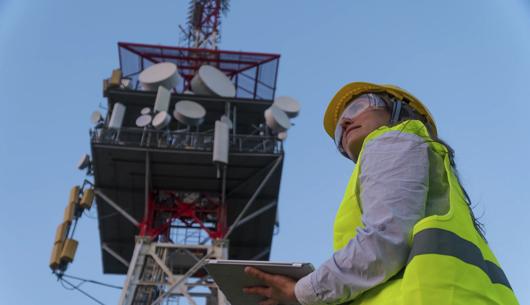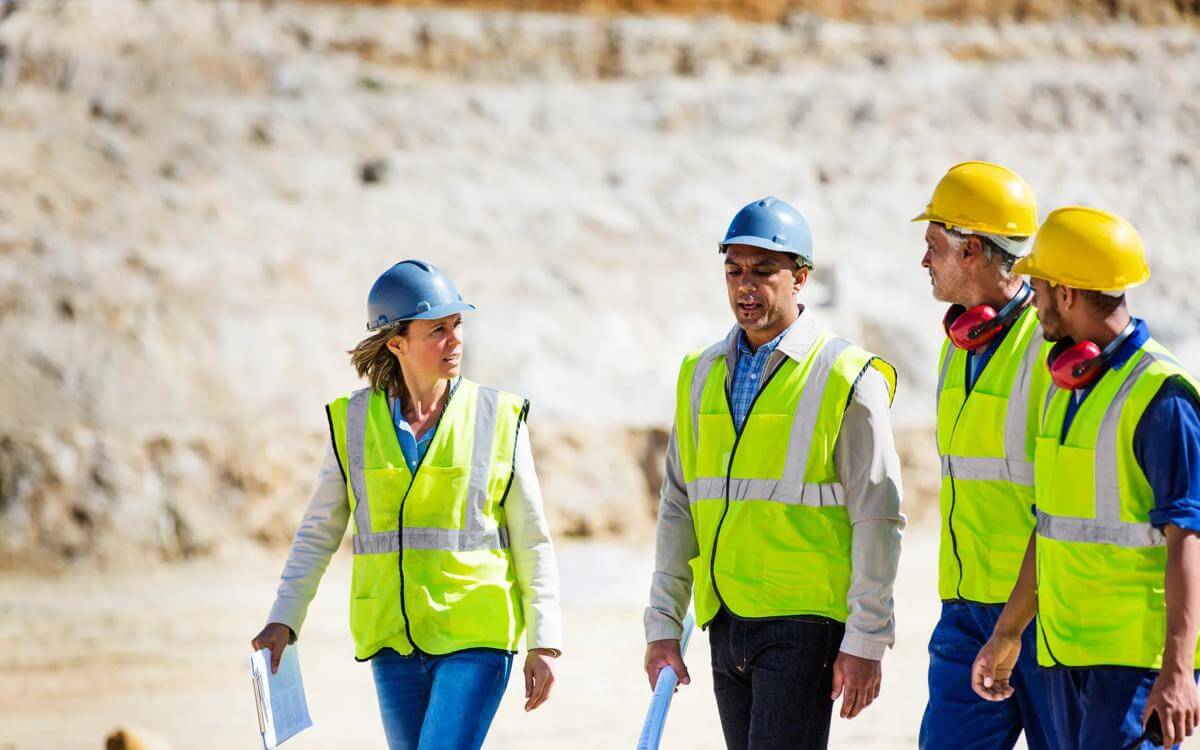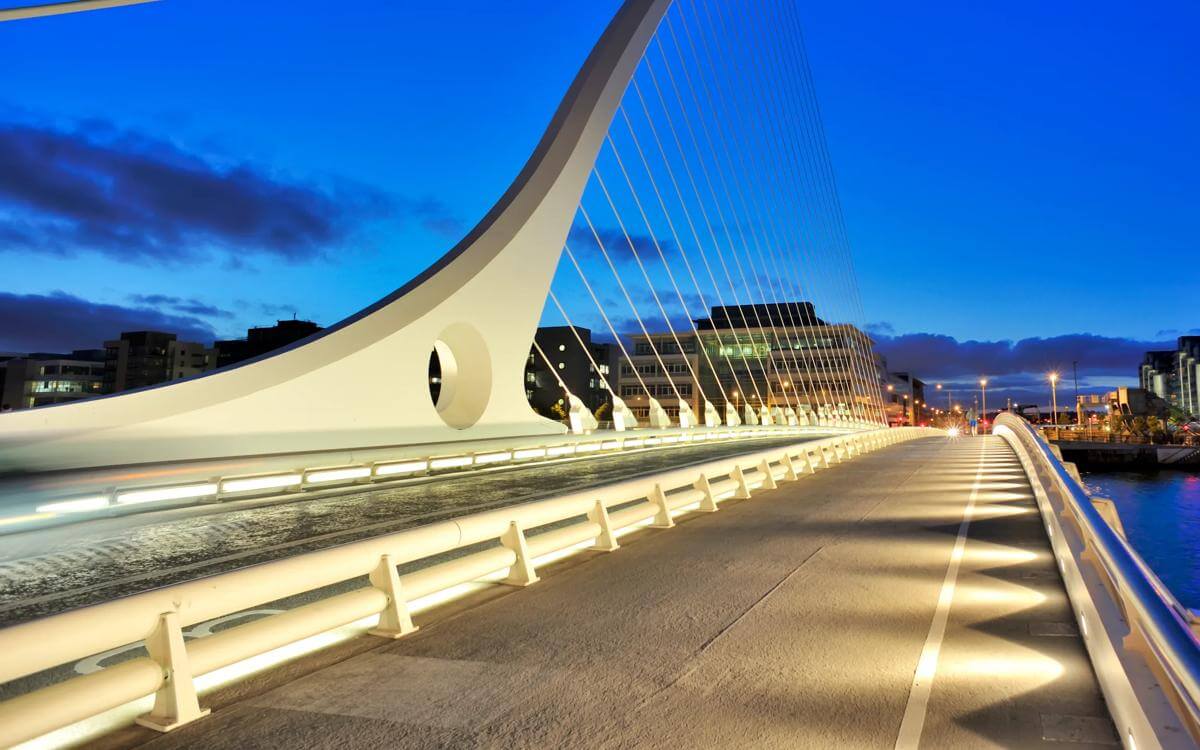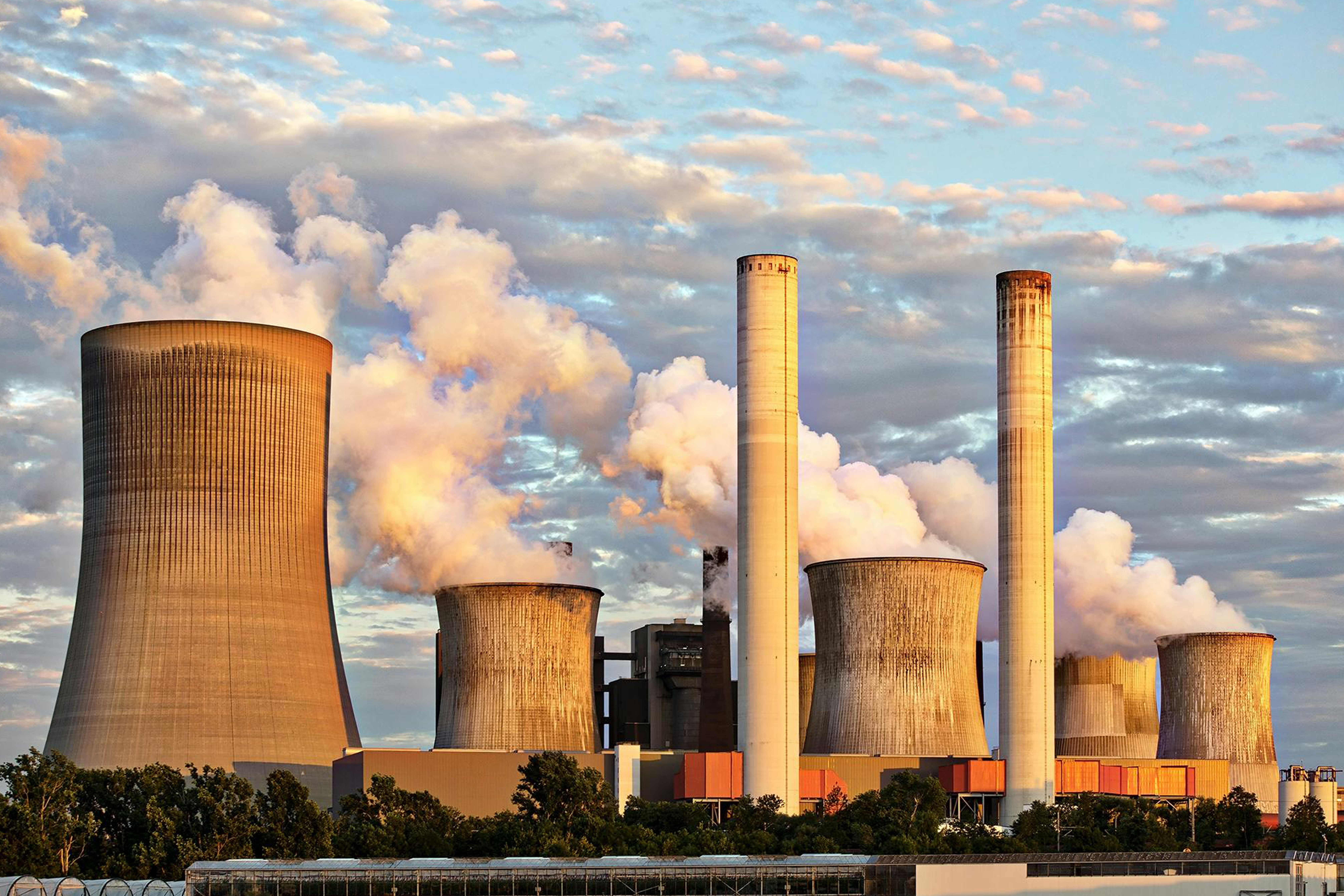In this article, we look forward to some of the construction industry themes that are likely to dominate 2023, both in terms of the underlying causes and the legal issues that arise out of them.
More disputes — again
In our horizon scanning article for 2022, we predicted that disruptions to the global supply chain, high demand for globally traded products and a significant shortage of skilled labour in the industry would result in an increase in disputes, and — combined with the unexpected war in Ukraine — this is what happened.
Whilst the downturn in tenders did not come as early or bite as hard as most predicted, that downturn has now arrived (albeit London’s status as a separate, more resilient economy than the rest of the UK bubble, is still evident), and will continue throughout 2023, and when combined with the wider economic picture (stalled UK economic growth, declining confidence, public sector spending restraint (save for major infrastructure projects) and private housing starting to weaken), the new year promises yet more disputes, with many of those issues that bubbled under in 2022 likely to boil over in the new year, with claims likely arising at every point in the supply chain.
For new contracts, employers seem more willing now to grant additional routes to extensions of time, albeit those all-important clauses granting contractors money remain elusive (save for the occasional fluctuations clause).
Cladding / fire safety
Cladding and fire safety was another issue that both dominated the news 2022 and will do so again in 2023.
Whilst in the longer term, we are hopeful that the regime imposed on new higher risk buildings by the Building Safety Act (BSA) will assist the construction industry with general regulatory compliance, hopefully leading in the longer term to a restoration of trust at every level (including importantly from the insurance market), for now the industry is still getting to grips with the coming into force of the BSA.
By reference to the government’s previously provided timetable, 2023 will mark the coming into force of:
(1) the golden thread (being both:
(a) the information about a building that allows someone to understand a building and keep it safe; and
(b) the information management to ensure the information is accurate, easily understandable, can be accessed by those who need it and is up to date); and
(2) the Gateway regime for higher risk buildings, with the current government timetable indicating that this will take effect from October 2023 onwards, and there is some evidence of a rush to break ground before that date, with contractors and employers seeking to avoid being guinea pigs of the new requirements and the new Building Safety Regulator.
It’s also likely that we will see the long awaited report on Phase 2 of the Grenfell inquiry, focused on establishing how the Grenfell Tower came to be in a condition that allowed the tragedy to occur, which is likely to be hugely important not only in terms of the liability of those involved in the construction of the Tower itself, but also many others in the wider industry, by reference to the Report’s findings about the relevant standards existing at the time of construction, and what responsible professionals knew or should have known (with the result that it may ‘unlock’ at least some of the many currently stayed claims).
We will also see a focus on issues in relation to medium rise buildings (11—18 metres), in relation to which the government has established a remedial scheme, leading to those responsible for such buildings starting to investigate their portfolio, and initial signs are that — as many feared — historical failures to comply with building regulations were not limited to the 18m+ buildings, with the result that insurers are already receiving notifications of circumstances, with formal action likely to follow in due course.
Whilst there was speculation that the government might alter the threshold of ‘higher-risk buildings’ to 11 metres or 4 storeys, it recently confirmed that ‘higher- risk buildings’ would remain as buildings that are
- at least 18 metres in height or has at least 7 storeys; and
- contain at least 2 residential units, and you can read about this in more detail, as well as details of the government response to its various consultations with regard to Higher Risk Buildings and Parts 3 and 4 of the Act.
We still await the details of the rest of the secondary legislation that will put the meat onto the bones of the BSA, for example in relation to the duty holder regime and the role of the “accountable person”, and like everyone else in the industry we will keep a close eye on this.
Finally, 2022 saw the first applications for Remediation Orders under the BSA, requiring a landlord to remedy what are called “relevant defects” at a Property, along with Remediation Contribution Orders (designed to ensure that landlords, developers and “associated” persons contribute towards the cost of remediation work in relation to relevant defects) — 2023 will likely see the first applications for Building Liability Orders as claimants seek to recover monies from the companies ultimately responsible for the SPVs that built faulty buildings.
New technology / new methods of working
2023 will continue the trend of lots of new technology being introduced to the market, arising out of most obviously
- the industry and government continuing to focus on sustainability (including e.g. work towards carbon net zero targets, and continued focus on renewable — or at least greener — sources of energy, with significant amounts of private sector funding now available for feasibility projects); and
- the opportunities offered by digital evolution (the pandemic accelerated the adoption of digital systems, both pre-construction and on-site, as more traditional ways of working have been disrupted).
However, as many of us know from experience, new technology does not always work, either as well as it should or in the timetable promised (or sometimes at all…), leading to legal issues impacting both new contracts and existing ones.
As a result, for new contracts for demonstrator projects, parties will need to consider if they want their contracts to resemble traditional forms, with employers having the usual rights and remedies — such as liquidated damages for delay — or to adopt a different approach to risk, removing traditional levers, with contractors incentivised in other ways (see e.g., the FIDIC Green Book — whilst it adopts a fairly traditional approach to risk, the 2021 edition applies liquidated damages not only to delay, but also to termination and prolongation costs).
For existing projects, delays can lead to employers getting frustrated, and — in the absence of an altered risk profile — starting to look at their rights and remedies under their contracts, ranging from obvious matters such as liquidated damages, through de-scoping work from a contractor, to rights of termination, all of which is going to create a lot of project management, with employers needing to consider carefully issues arising in relation to waiver by election, the extent to which any de-scoped work can be carried out by third parties (bearing in mind the difficulty created by implied terms in English law in this area), through to the considerable risk termination of any contract carries, including most obviously that the party terminating a contract has no right to do so.
Specific issues may also crop up in relation to new technology — by way of example, the National Fire Chiefs Council have raised concerns regarding what they believe is “significant uncertainty” over the fire performance of modular construction / factory-built homes, in particular over the lack of large-scale fire-test research and data surrounding this form of construction, and this is already generating notifications to insurers as specific problems crop up on some projects.
Other
We have also heard rumours of a new JCT suite — and perhaps a new JCT form — as with many other things, watch this space…
Contact

Tim Claremont
Partner
tim.claremont@brownejacobson.com
+44 (0)20 7871 8507









































